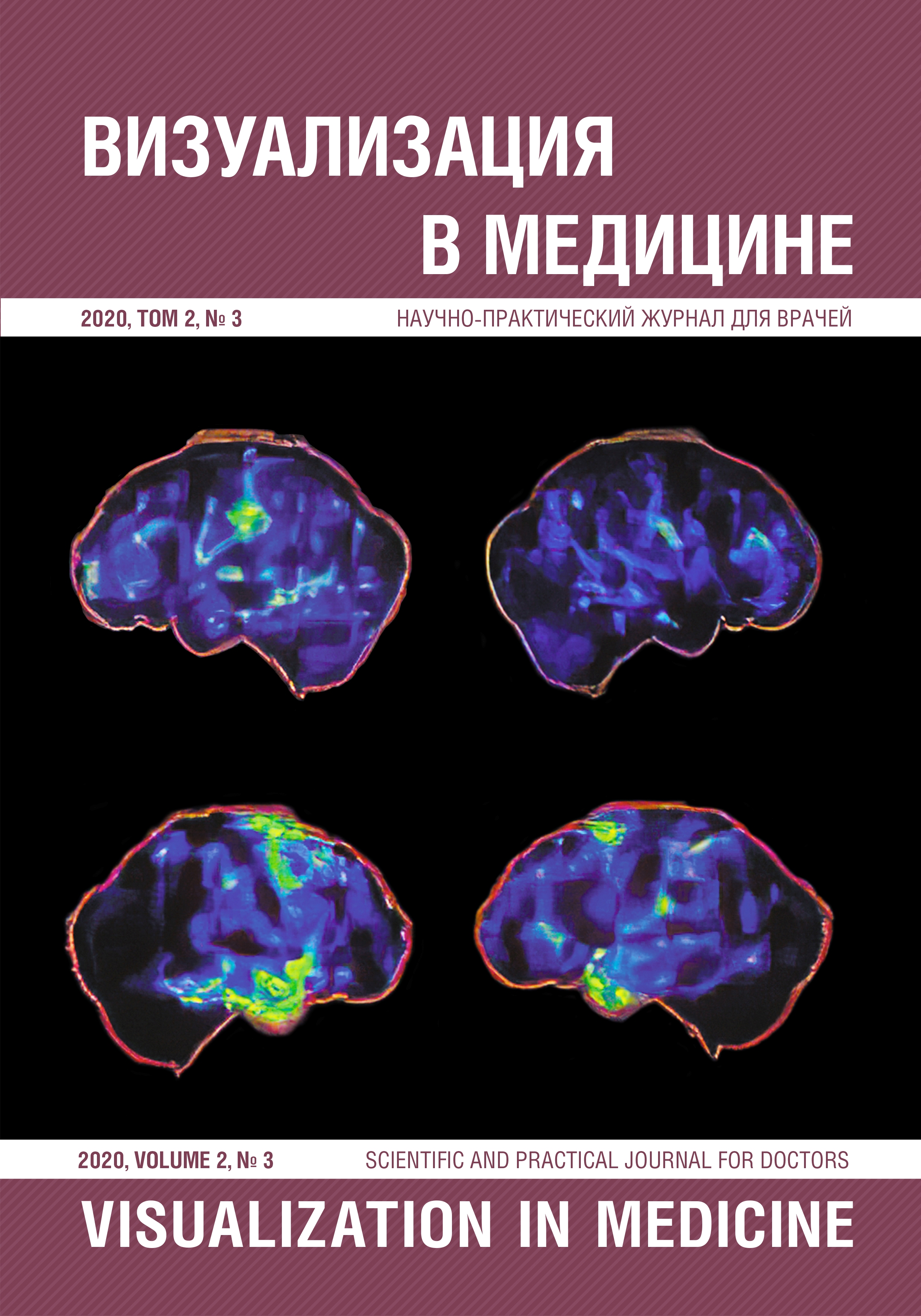Application of magnetic resonance morphometry and positronic emission tomography in diagnosis of illness of alzheimer
Abstract
With the development of methods of magnetic resonance tomography and positron emission tomography, differential diagnosis of dementia of the Alzheimer's type has become more accurate. Additional criteria have been developed for the prevalence of the atrophic and metabolic process of the brain in dementia. The introduction of MR-morphometry technology into clinical practice makes it possible to quantify the degree of atrophy of brain matter, and in positron emission tomography, it is possible to evaluate metabolic changes. In our work, 84 patients were examined, of which 36 with moderate cognitive deficits and 48 with Alzheimer's disease at the stage of "mild" dementia. The applied methods with high accuracy make it possible to detect atrophy and metabolic changes in various structures of the brain, to evaluate the dynamics of the development of the process and to conduct differential diagnosis of neurological diseases.



